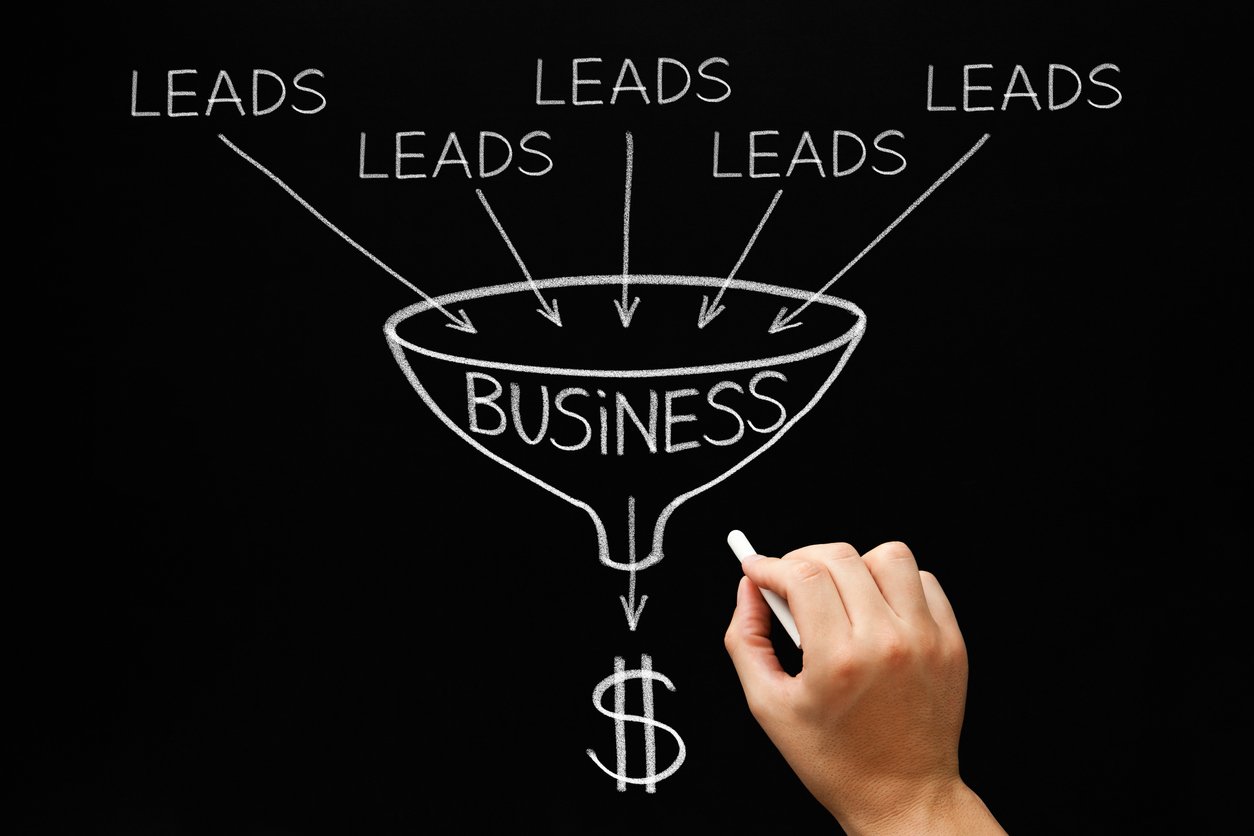Cost Per Lead vs. Lead Qualification: What Matters More?
Models, metrics, analytics – there’s so much data to monitor and assess with your marketing efforts.
Taking the time to analyze important lead generation figures plays a big role in the success of your business.
However, you and your small team only have so much time. You may wonder: Do you need to pay attention to all the data?
Today, we’ll look at two metrics that seem synonymous: cost per lead and qualified leads. We’ll examine each individually to see what the differences are and if you can and should substitute one for the other.
What You Need to Know About Cost Per Lead
Cost per lead measures the cost-effectiveness of your company’s marketing campaigns in terms of new leads. It’s a great way to measure the ROI of your marketing campaigns. Another purpose is to give you and your team a tangible figure so they know how much of your marketing budget should be spent on acquiring new leads.
You can use the cost per lead metrics to monitor:
- Your marketing efforts as a whole
- Social media ads
- Google Ads
- Banner ads
How to Figure Out Your Cost Per Lead
There is a simple formula to determine this metric: the cost of generating leads divided by the total number of leads acquired.
For instance, let’s say you spent $1,000 on a campaign that turned 10 leads into paying clients. Divide $1,000 by 10. Your total is the cost per lead. In this case, the metric is $100 per lead.
Is Your Cost Per Lead Ideal?
The next step is to compare this metric with the cost of whatever product or service you’re selling. Remember: What is a good cost per lead number for one company might not be a good one for you. It’s all dependent on the value of what you’re selling (a $100,000 luxury car vs. a $30 kitchen appliance).
If the cost per lead price is too high for the product/service you’re trying to sell, you’ll need to adjust your marketing campaign or budget accordingly.
Your Ultimate Goal
Ideally, you want to minimize your costs. You want to convert as many leads, with as little expense as possible.
If you continue to run a campaign where the cost per lead is too high, you’ll end up with a poor ROI and essentially waste your marketing budget. However, if you end up with a higher number of quality leads or conversions with a low cost per lead, it’s a sign that your campaign has a positive ROI.
What is Lead Qualification and Why Does It Matter?
Lead qualification is a process used to anticipate whether a lead will invest in your product or service. It occurs at each stage of your customer’s sales journey and can determine whether a prospect will travel from the top of your funnel to the bottom.
The first part of lead qualification starts during inbound marketing when you/your marketing team collect lead information, such as email addresses.
When you have this information, the prospect qualifies for moving onto the next stage – a call from one of your sales representatives. The original sales conversation will give your team even more information, particularly:
- The needs/wants of the potential customer
- Project timeline
- Budgetary limitations
- Purchasing authority
The information you gather during this call will determine whether the lead is worth the time and money it takes to create a proposal.
Why Finding Qualified Leads is Important
Taking the time to sift through potential customers to find qualified leads will, ultimately, save you time, money, energy, and frustration.
The process helps you see if:
- The prospect is in the correct industry to benefit from what you offer
- Your product can solve a need/pain point
- They have the budget necessary to invest in your product/service
- You can provide a better-quality product or more value than your competitors
It’s not a bad thing if a lead doesn’t pass your qualification process. It’s actually better for you and them if you learn this as early as possible. It will save you time and allows you to focus your efforts on better prospects. It helps disqualified leads avoid wasting time and money on products/services that won’t fit their unique needs.
What is Lead Scoring?
Lead scoring is a process in which you assign a point value to potential leads. It happens before the sales call takes place.
After you create an ideal buyer persona, you can assign points for every “ideal” characteristic or qualification a potential customer displays, including:
- Do they fall into your target industry?
- How much time have they spent on your website?
- Are they willing to sign up for your email list?
- Do they open, read, or otherwise engage with your emails, blogs, videos, or social media posts?
Using the data from your customer research and landing page form-fills, you can award points to leads that align with your ideal customer avatar. Take points away for those that don’t. The leads with the highest scores are those that will earn a call with one of your sales reps.
Cost Per Lead vs. Lead Qualification – Does One Trump the Other?
Finding qualified leads and calculating cost per lead are important in the lead generation process. The first will save you time, while the second saves you money.
Cost per lead can help you at the beginning of the customer lifecycle. Your marketing campaigns can attract potential customers. You can then sift through the leads at the top of your funnel with your qualified leads process and scoring system.
The best lead generation plan uses these two processes in tandem.
What to Do When You Feel Lost
Marketing is vital to the success of your business, but there are so many methods to try and metrics to evaluate. If you’re working alone or with a small team, it can quickly feel overwhelming.
Thankfully, you don’t have to do it all on your own. We can help!
Televerde is a global sales and marketing services company. Our services will help you create leads that can turn into paying customers.
And while we do that, you get to focus on other priorities.



